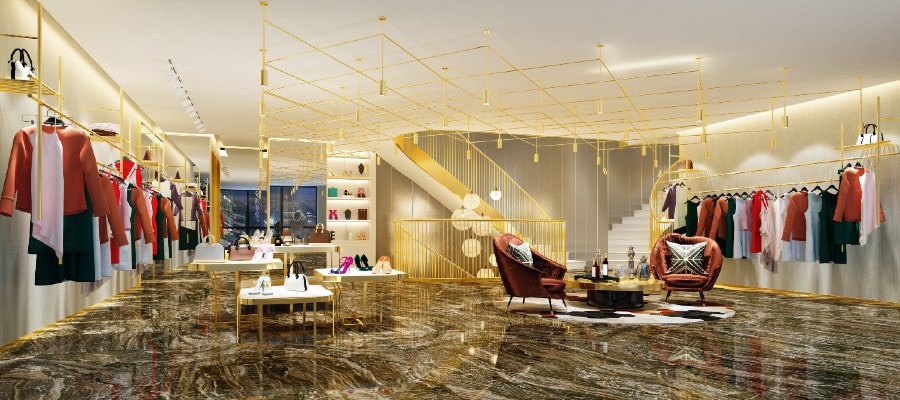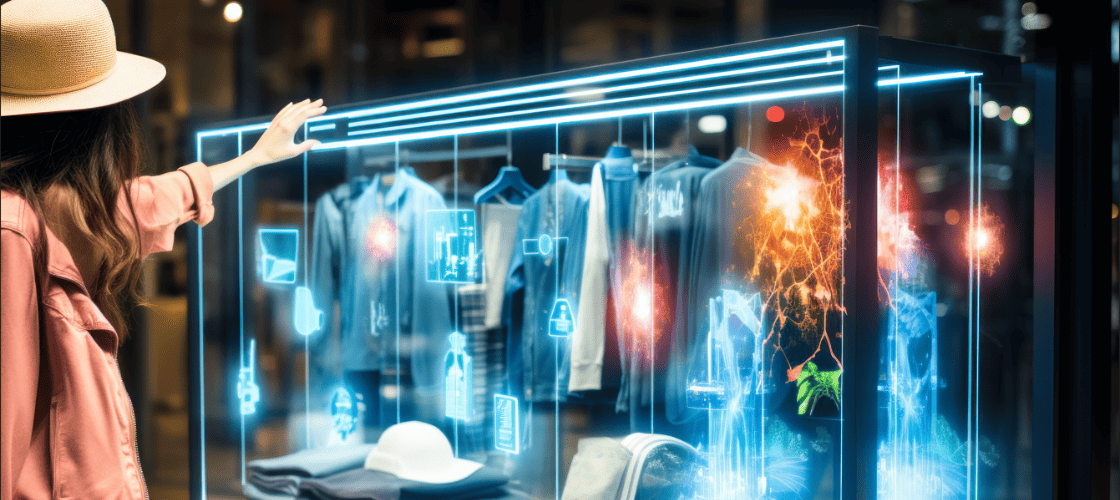Retail & Distribution
Rise of Online Retailers Opening Stores: What Can Be Learned?
18 May 2018

While store closings among some venerable retailers are grabbing headlines, there is a very interesting retail growth story unfolding at the same time. Online retailers are opening more stores than ever — and doing quite well with them.
Retail tech firm Hero conducted a study of what it calls Digital Native Vertical Companies (DNVC). These are e-commerce retailers that have received over (£4.41 million) US$6 million in funding. It found that 67 percent of these leading e-commerce brands had opened physical spaces in a 36-month span.
Home fashions etailer Boll & Branch became one of the latest to join the brick-and-mortar ranks last year and plans to open 20 stores by 2020. The reason was simple, co-founder and CEO Scott Tannen told Digiday: customers wanted to feel the products.
The five senses do play a huge role in retail, and the online channel can only appeal to so many of them. “Customers want to be able to experience products in person; see, touch, hear and feel them. Integrating this experience with technological and customer satisfaction strategies is what separates thriving brick-and-mortar retailers and the rest,” said a blog post by MomentFeed University. “They’re offering an experience customers are looking for, and maybe can’t get elsewhere. This has been called the frontierless retail evolution by some, omnichannel by others, but to consumers, it’s still called ‘shopping.’ ”
Whether you are an online retailer getting into bricks-and-mortar or a physical retailer looking to compete with your new digital-native High Street neighbours, here are a few winning strategies to consider…
Digitise the Store
Digital-native retailers are very comfortable about digitizing their stores. Take ModCloth, which encourages visitors to its Austin, Texas, store to be measured so that their precise sizes can be stored in the ModCloth Fit for Me app. This ensures a good fit for future purchases whether they originate in-store or online.
Ninety percent of consumers want access to a retailer’s website while they are in the store, according to a Euclid Analytics study cited by MomentFeed.
A huge part of digitising the store is equipping store teams with technology that enables them to provide tailored, personalised experiences for shoppers. In a blog post, Hero said brick-and-mortar stores have a big advantage over online-only retailers: their sales associates. When store staff are expertly trained and armed with the right tools, they are “offering guidance, help and reassurance — and can upsell the roster of products in-store,” said Hero.
For the cross-channel shopper, it’s crucial to be recognised a valued customer upon visiting a store. Associates need access — via fixed and mobile devices — to a 360-degree view of the customer’s shopping journey, including abandoned online baskets/carts, past purchases, personal preferences and social media interactions. The consumer expects nothing less.
Established luxury brands can take a page from the digital-native playbook by creating their own unique omnichannel experiences. Jewellery brand John Hardy uses a live shopping app from Hero to connect store sales associates with online shoppers. The associates can text and video chat with customers, recommending pieces from retail displays. It’s the next best thing to actually being in the store, and it’s paying off. Online customers who engage in live shopping spend 44 percent more with John Hardy.
Missguided Flagship StoreMissguided In Real Life – the first ever flagship store.
Up the Experience
Most eTailers who venture into stores offer an experience that is just a bit (or a lot) different from that of more traditional merchants. MomentFeed calls this appealing to the “consumer experience economy.” “In order to stay competitive, the in-person experience has to be richer and more satisfying than ever,” MomentFeed says. Here are just a few examples from among online retailers opening stores:
– Online mattress and bedding retailer Casper claims to have “recreated the sights, sounds and feelings of a perfect morning” in its San Francisco flagship store (technically, Casper calls the store a “home”), where customers can “book a nap” or an appointment with a “snooze specialist.”
– Travel retailer Away co-founder Jen Rubio said the firm’s New York City store offers a way to “connect with our customers on a deeper level” through programmings, such as yoga classes and concerts (Digiday). You also can customize a suitcase.
– Birchbox promotes beauty services such as makeovers and facials and encourages customers to book its SoHo store in New York for bachelorette and birthday parties.
– Sustainable fashion brand Everlane invites online shoppers to schedule a one-hour styling session in its New York store with an “Everlane Ambassador.” At the store, customers also can shop wallet-less thanks to Everlane’s use of advanced product identification technology.
The good news is that every retailer, regardless of historical business model, size or location, has the potential to add a special spin to the in-store experience. But whatever the approach, the underlying foundation should be one of connected commerce. Both customers and associates need visibility to stock availability, online order status and product recommendations, plus plenty of flexibility for fulfilment options. Online retailers know this flexibility also applies to returns, and they are quick to leverage new physical locations to help customers return, exchange and buy more merchandise.
Stay Flexible with Storefronts
With some exceptions, online retailers who open stores are known for keeping their real estate commitments lean and mean. Short-term space leases and pop-up stores are common among this crowd. Just ask U.K. fast-fashion darlings Boohoo and Missguided. Boohoo had a phenomenal launch of a New York City pop-up location, and Missguided opted for concession stores inside Nordstrom in the U.S. and Selfridges in the U.K.
Whether you’re an e-commerce player looking to get physical or an established retailer mulling your next expansion, you need flexibility. No one wants to be locked into a lot of fixed costs and infrastructure. This applies to real estate and technology. Look for a cloud-based omnichannel POS solution that can ramp up or down with your business. POS solutions powered by the cloud and delivered via a software-as-a-service (SaaS) subscription model, enable retailers to add or take away POS devices in a matter of minutes. There are no direct infrastructure or ongoing maintenance costs. As a result, retailers can scale their operations to meet demand.
Does your retail business want to remain relevant alongside new brick-and-mortar players? Or are you planning your phygital debut? At Cegid, we can partner with you through your transformation and help make sure you never miss a sale. Contact us today to learn more.


